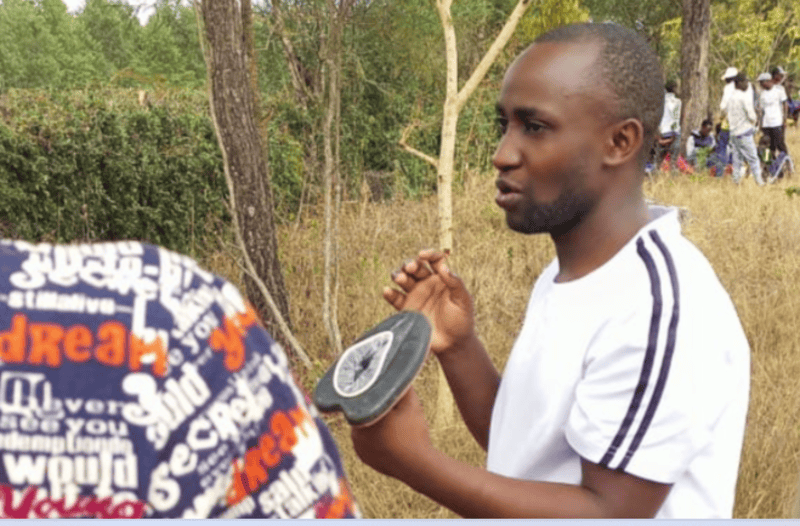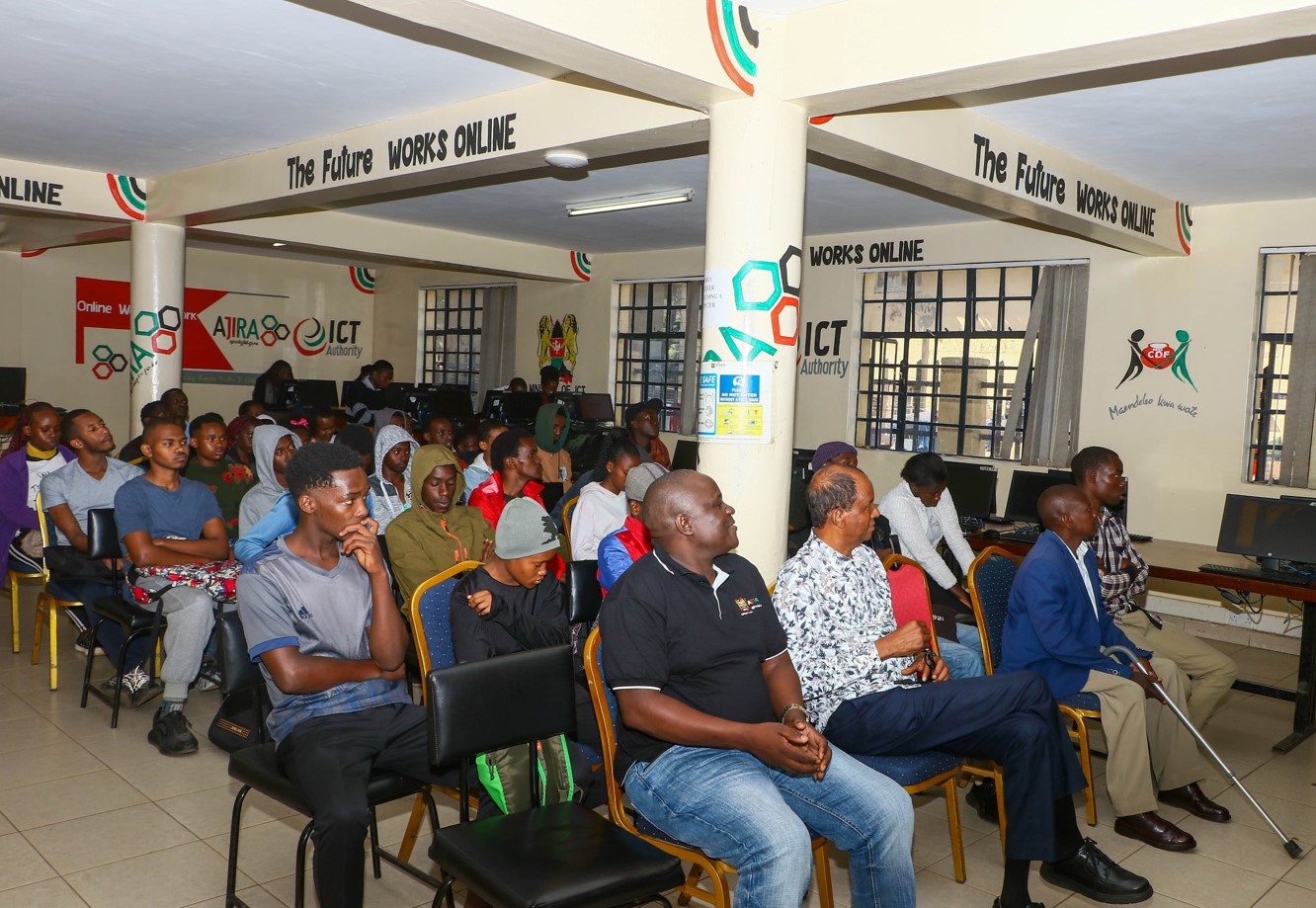Childhood in Shadows: Growing up with HIV and a world that doesn't understand

Joy contracted HIV from her mother, and her childhood was marked by frequent hospital visits and seminars that painfully underscored her condition.
For Joy (not her real name), living with HIV has been a quiet battle filled with fear and stigma. From hiding her antiretroviral (ARV) medication to avoiding doses altogether, the whispers and judgement from classmates, teachers, and neighbours have weighed heavily on her young shoulders.
Joy contracted HIV from her mother, and her childhood was marked by frequent hospital visits and seminars that painfully underscored her condition.
More To Read
- Cote d'Ivoire: care for HIV/AIDS fully guaranteed despite suspension of U.S. aid
- Africa relies too heavily on foreign aid for health – 4 ways to fix this
- South African scientists were testing a promising HIV vaccine. Then came Trump’s aid cuts
- Kenya eyes local production of ARVs as concerns grow over donor funding risks
“I remember attending these seminars as a child, learning about viral loads, and then returning to school, where teachers warned students against unprotected sex to avoid HIV. There I was, already living with it. I felt terrible and frustrated,” she recalls.
The stigma extended beyond school. In her neighbourhood, her mother’s HIV status was well-known, and this gossip inevitably extended to Joy.
“People didn’t see me as just a child. They’d speculate about my health and make assumptions about my life. It was incredibly painful to grow up under such scrutiny,” she says.
When she joined boarding school, the challenges multiplied. Her mother hid Joy’s ARV pills in a drinking chocolate container to protect her privacy. But sharing a hostel with peers turned medication into a daily ordeal.
“I had to hide every time I took my medicine. I couldn’t let anyone near my box. When my pills ran out, asking for permission to visit the clinic was tough. I pretended to be ill just to leave the school. Eventually, I grew tired of it all and stopped taking my drugs for a while,” she admits.
As she entered her teenage years and early twenties, the challenges evolved. Joy’s HIV status became a barrier to romantic relationships. In one instance, she couldn’t reveal her condition to her partner, who had previously stated he wouldn’t date someone living with HIV.
“People assume you’re promiscuous if you have HIV, ignoring the fact that some of us were born with it. It’s hurtful,” Joy says.
Now in her twenties, she faces the difficult decision of whether to disclose her status to potential partners or keep it a secret, hoping for acceptance in a world that hasn’t always been kind.
Mother-to-child HIV transmission
David Wanjiku, a youth advocate for HIV awareness and community health promoter, emphasises the ongoing issue of mother-to-child transmission and its profound impact on young people.
“Young people often choose to hide their HIV status because of the fear of rejection. This leads some to unknowingly or secretly spread the virus during unprotected sex,” David notes.
David has worked to bridge the knowledge gap, especially among men, who often lack access to critical information about HIV. Misconceptions, such as believing someone who appears healthy cannot be infected, contribute to the spread of the virus.
Recognising the stigma and mental health struggles faced by young people with HIV, David founded an organisation to support and empower them. He frequently visits schools and communities to raise awareness, emphasising the importance of regular testing, treatment, and understanding one’s rights.
One of his core messages is: “Undetectable equals untransmissible”—consistent ARV use can prevent HIV transmission.
“If a mother adheres to her medication, she won’t transmit the virus. I want communities to understand this,” he stresses.
 A red ribbon which signifies the fight against HIV-Aids. (Photo: REUTERS/Navesh Chitrakar)
A red ribbon which signifies the fight against HIV-Aids. (Photo: REUTERS/Navesh Chitrakar)
Mother-to-child transmission: Facts and prevention
Mother-to-child transmission (MTCT) of HIV can occur during pregnancy, labour, delivery, or breastfeeding. Without intervention, the risk of transmission ranges from 15 per cent to 45 per cent.
Prevention Measures:
Antiretroviral Therapy (ART): Early and consistent use by the mother and baby significantly reduces transmission risk.
Safe Delivery Practices: Caesarean delivery may be recommended for mothers with high viral loads.
Formula Feeding (Where Feasible): Avoiding breastfeeding can eliminate the risk of transmission through breast milk.
Regular Monitoring: Viral load checks ensure the effectiveness of treatment.
Partner Testing: Testing and treating partners reduces household transmission risks.
Failing to adhere to ART increases the risk of transmission to the child, with potentially severe health consequences for both mother and baby.
Kenya’s progress and challenges
Kenya has made significant strides in combating HIV, with new infections dropping by 83 per cent since 2013 and AIDS-related deaths decreasing by 64 per cent. This progress is attributed to the widespread availability of ART.
However, challenges remain. A report by the National Syndemic Diseases Control Council (NSDCC) revealed 2,607 children under 14 died of HIV/AIDS last year, with 3,743 new infections recorded among children under four.
Alarmingly, 37.7 per cent of these new infections were linked to mothers discontinuing ART, while 25.5 per cent involved mothers who had never started treatment.
These statistics highlight the critical need for consistent treatment and support to prevent mother-to-child transmission, ensuring a healthier future for mothers and their children.
Top Stories Today




















